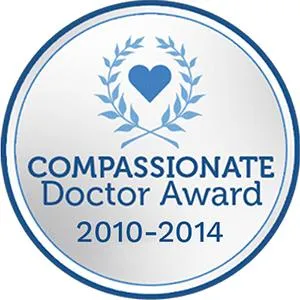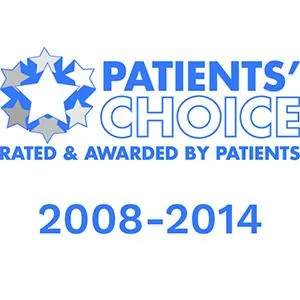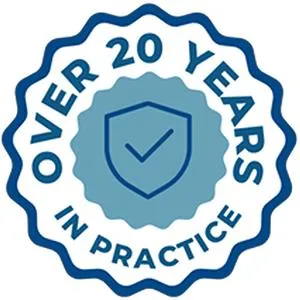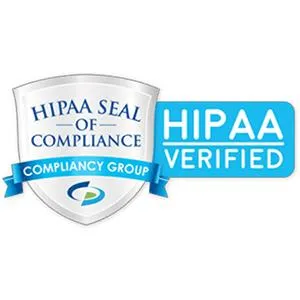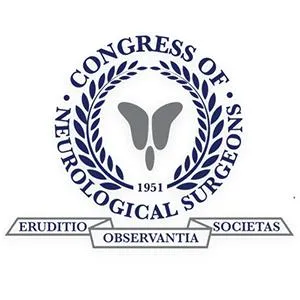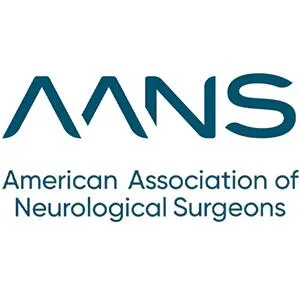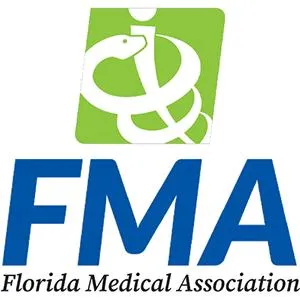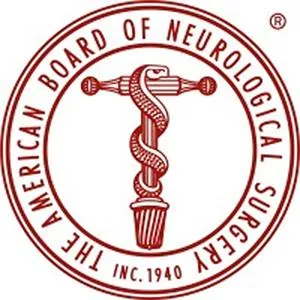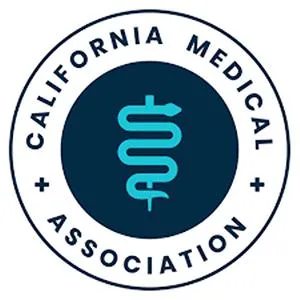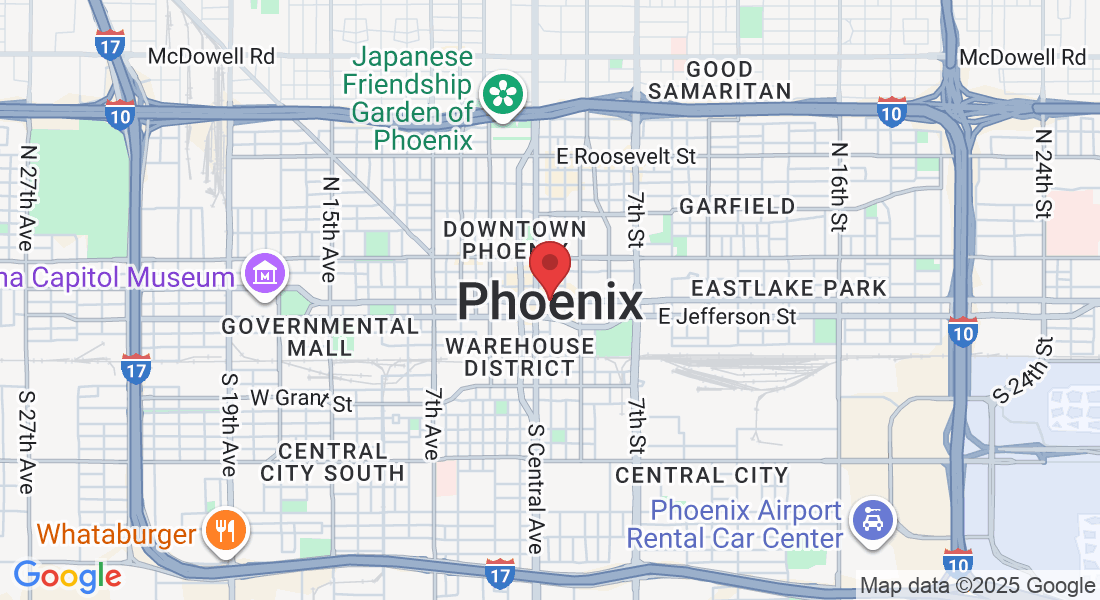Degenerative & Arthritic
Spinal Stenosis
Understanding Narrowing of the Spine’s Nerve Pathways
The spinal canal and surrounding nerve passageways provide space for the spinal cord and nerves to travel. When these spaces become narrowed due to arthritis, disc problems, or ligament overgrowth, the condition is called spinal stenosis. At Desert Spine and Pain, we know the thought of “narrowing around the nerves” can sound alarming. But with expert diagnosis and a stepwise treatment plan, many patients experience significant relief. Led by Dr. David L. Greenwald, M.D., FAANS, FACS, one of the nation’s top neurosurgeons, we offer world-class care right here in Phoenix.

Over 100 5-Star Reviews!

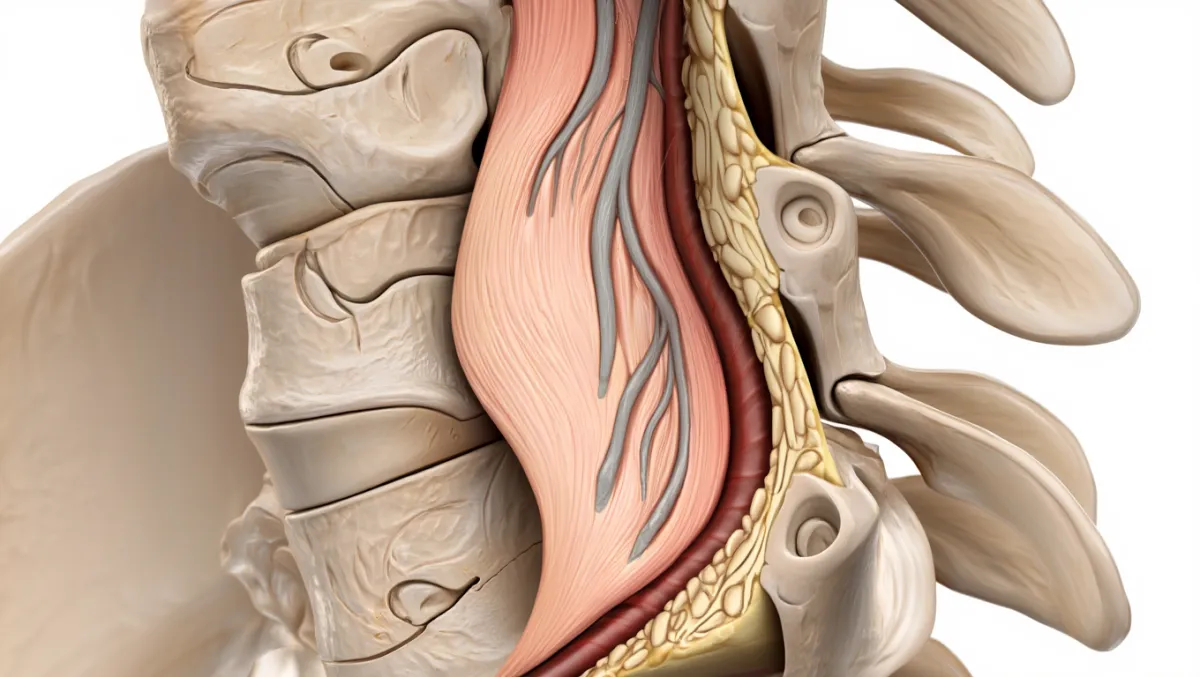
What Is Spinal Stenosis?
Spinal stenosis is the narrowing of the spinal canal or nerve passageways (foramina). This narrowing can compress nerves or even the spinal cord, leading to pain, numbness, tingling, or weakness.
Stenosis may occur in:
Cervical spine (neck) – May cause arm pain, numbness, weakness, or balance problems
Thoracic spine (mid-back) – Less common, but can cause serious neurological issues
Lumbar spine (lower back) – The most common site, often causing sciatica, numbness, or walking difficulties
Causes and Risk Factors
Arthritis / osteoarthritis – The most common cause
Degenerative disc disease – Disc collapse reduces space around nerves
Facet joint hypertrophy – Enlarged arthritic joints narrow pathways
Thickened ligaments – Overgrown ligaments press on nerves
Bone spurs (osteophytes) – From arthritis or prior injury
Herniated disc – Disc material intrudes into the canal Read about Herniated Disc
Trauma or prior surgery – May alter spinal alignment
Congenital stenosis – Some are born with a naturally narrow canal
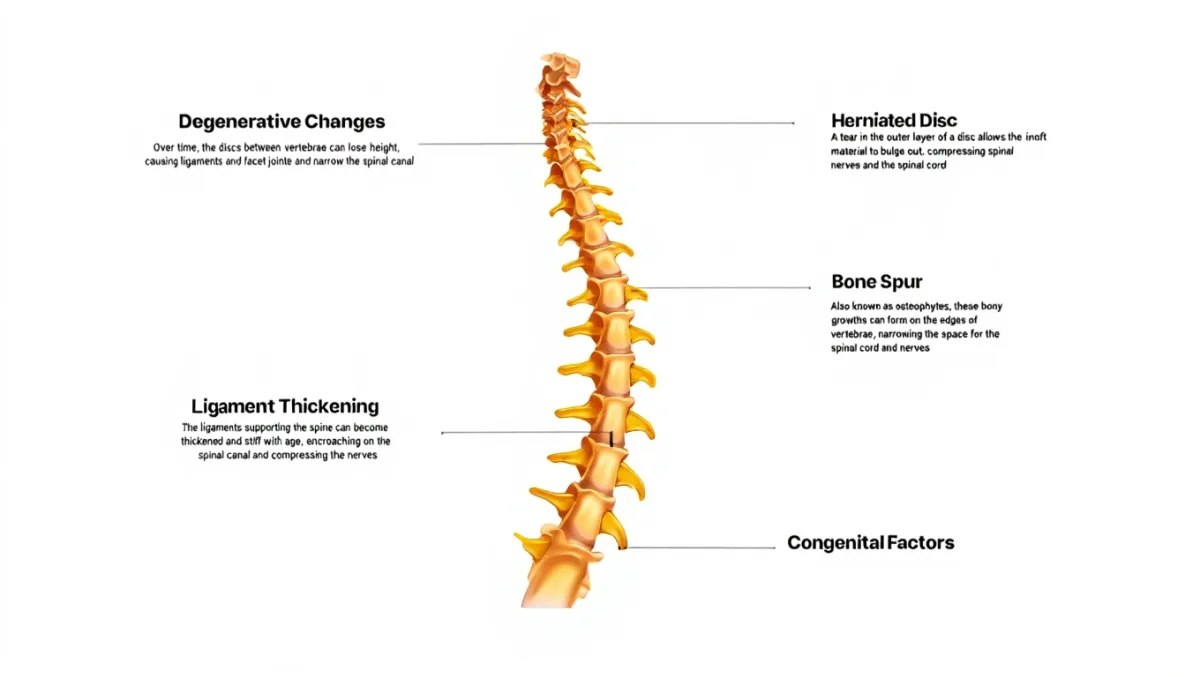
Symptoms of Spinal Stenosis
Back or neck pain
Numbness, tingling, or weakness in the arms or legs
Sciatica (lumbar stenosis)
Cramping or heaviness in the legs when walking (neurogenic claudication)
Balance problems or hand clumsiness (cervical stenosis)
Relief when sitting or leaning forward
Red flags: Severe weakness, loss of bowel/bladder control, or sudden walking difficulty — seek immediate care.
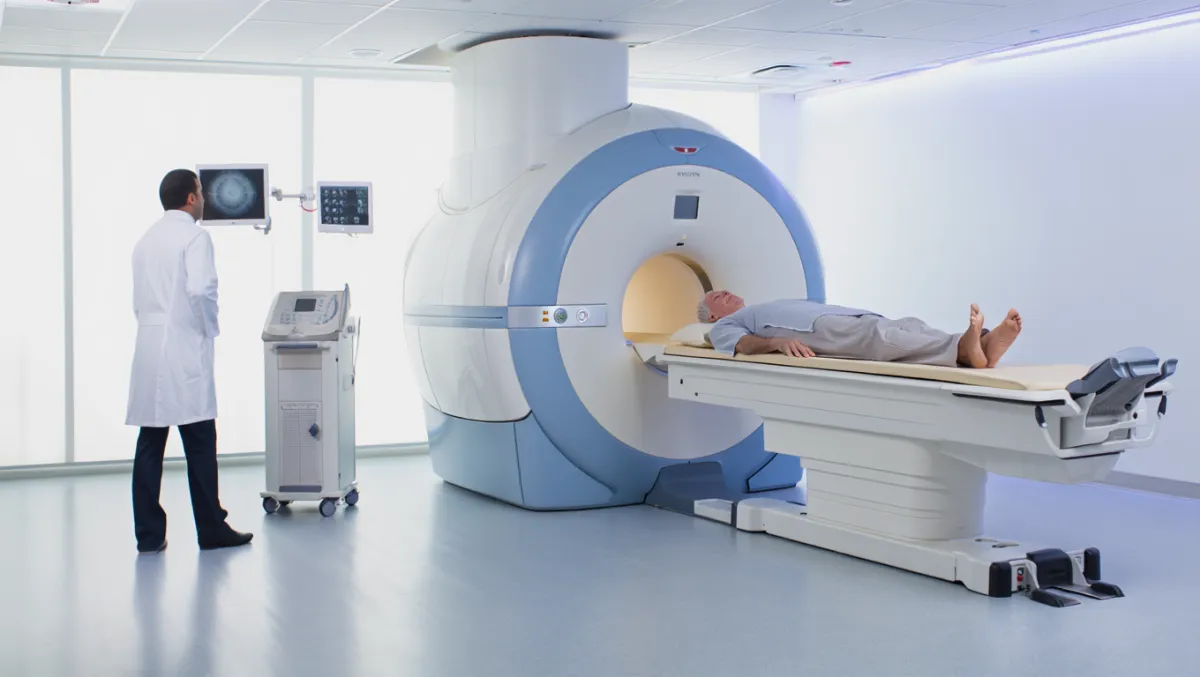
Diagnosis
At Desert Spine and Pain, evaluation may include:
Medical history & exam – Checking for neurological changes and functional limits
Imaging –
X-rays for alignment and arthritis
MRI for discs, ligaments, nerves, and spinal cord
CT scans in select cases for bone detail
Diagnostic injections – Sometimes used to confirm the pain source
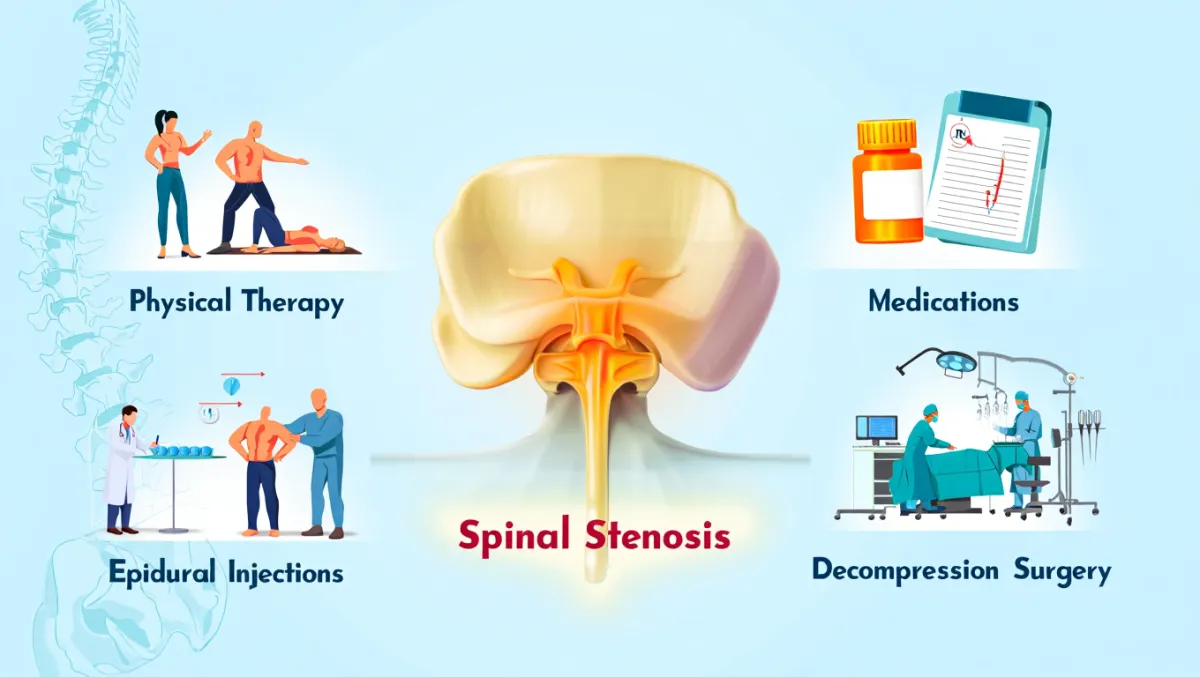
Treatment Options
Non-Surgical Care
Medications for pain and inflammation
Physical Therapy for posture, strength, and flexibility
Activity modification and ergonomic adjustments
Epidural Steroid Injections to calm nerve inflammation
Surgical Options
If conservative care isn’t enough and nerve compression is significant, surgery may be recommended:
Laminectomy – Removes part of the vertebra to enlarge the canal
Foraminotomy – Enlarges the space where nerves exit
Minimally Invasive Surgery (MIS) – Smaller incisions, quicker recovery
Spinal Fusion – Used if instability is present
Cervical disc replacement – Motion-preserving option in select cases
Recovery Timeline
Conservative care – Many patients manage symptoms with therapy and injections for years
After decompression surgery – Relief is often immediate; walking tolerance usually improves within weeks
Fusion surgery – Requires longer healing (several months) for bone growth and stability
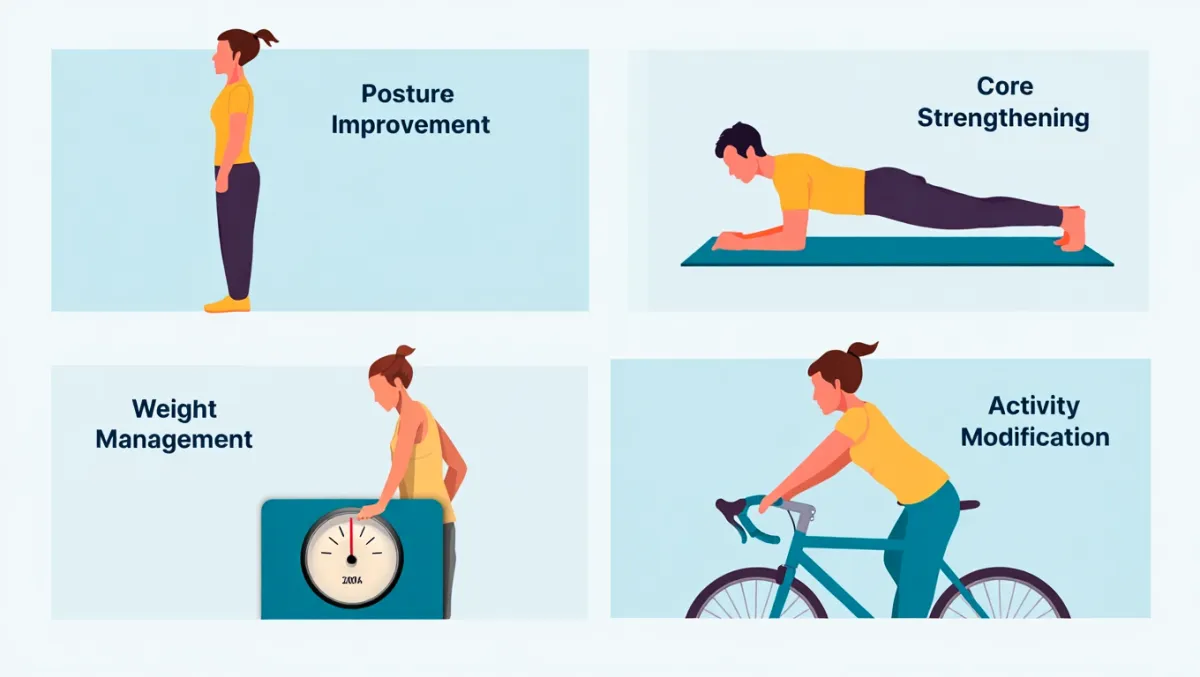
Why Choose Desert Spine and Pain?
Nationally recognized neurosurgeon – Dr. Greenwald has decades of expertise treating spinal stenosis
Comprehensive care – Conservative therapies, injections, and advanced surgical solutions all in one center
Minimally invasive options – Smaller incisions, less pain, quicker recovery
Compassionate guidance – We help patients understand and feel reassured about their options
Frequently Asked Questions
What is the difference between spinal stenosis and arthritis?
Arthritis refers to joint degeneration. Stenosis is a result of arthritis and other changes narrowing the spinal canal.
Is spinal stenosis always progressive?
Not always. Some patients remain stable for years, while others worsen. Monitoring is important.
Do all cases of spinal stenosis need surgery?
No. Many patients improve with therapy, injections, and posture changes. Surgery is for severe or progressive cases.
Can spinal stenosis cause paralysis?
Severe untreated stenosis can cause permanent nerve or spinal cord damage, but timely treatment greatly reduces this risk.
How does Desert Spine and Pain treat stenosis differently?
We prioritize conservative care, reserve surgery for necessary cases, and use advanced minimally invasive techniques under Dr. Greenwald’s expertise.
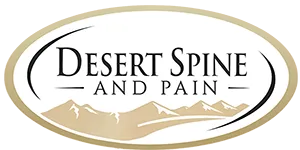

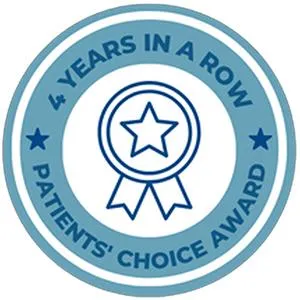
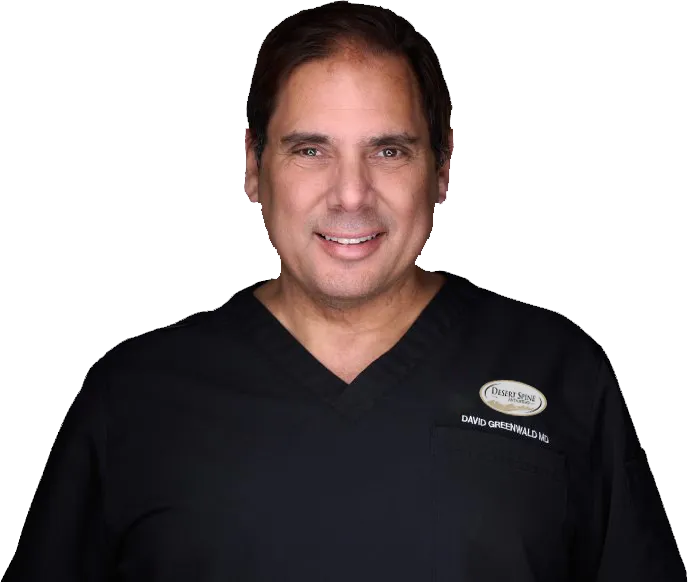
Dr. David L. Greenwald, MD
Neuro-Spine Surgeon
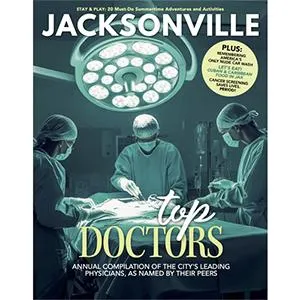
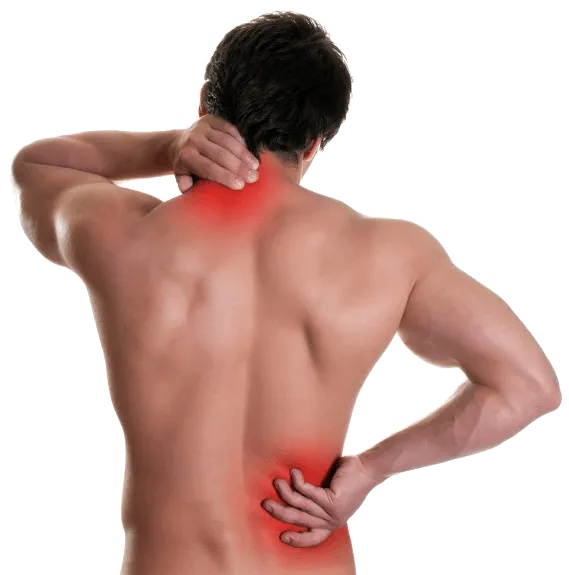
Call Now!
Desert Spine and Pain
A Spine Specialist is standing by.
Relief is just a phone call away!
Available Around the Clock.
Phone: (602) 566-9500
Email: [email protected]
Contact Us
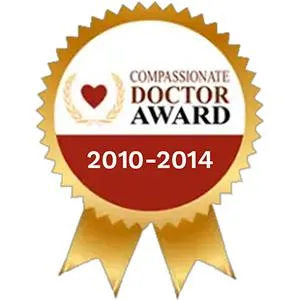
Schedule a Spinal Stenosis Consultation
If you’re experiencing symptoms of spinal stenosis, early evaluation can prevent your condition from worsening and help you find lasting relief. Dr. Greenwald and his caring team are here to guide you every step of the way with compassionate, individualized care. Whether through conservative therapy or advanced surgical treatment, we’ll help you regain comfort, confidence, and control over your life. Schedule your consultation today and take the first step toward a stronger, pain-free future.
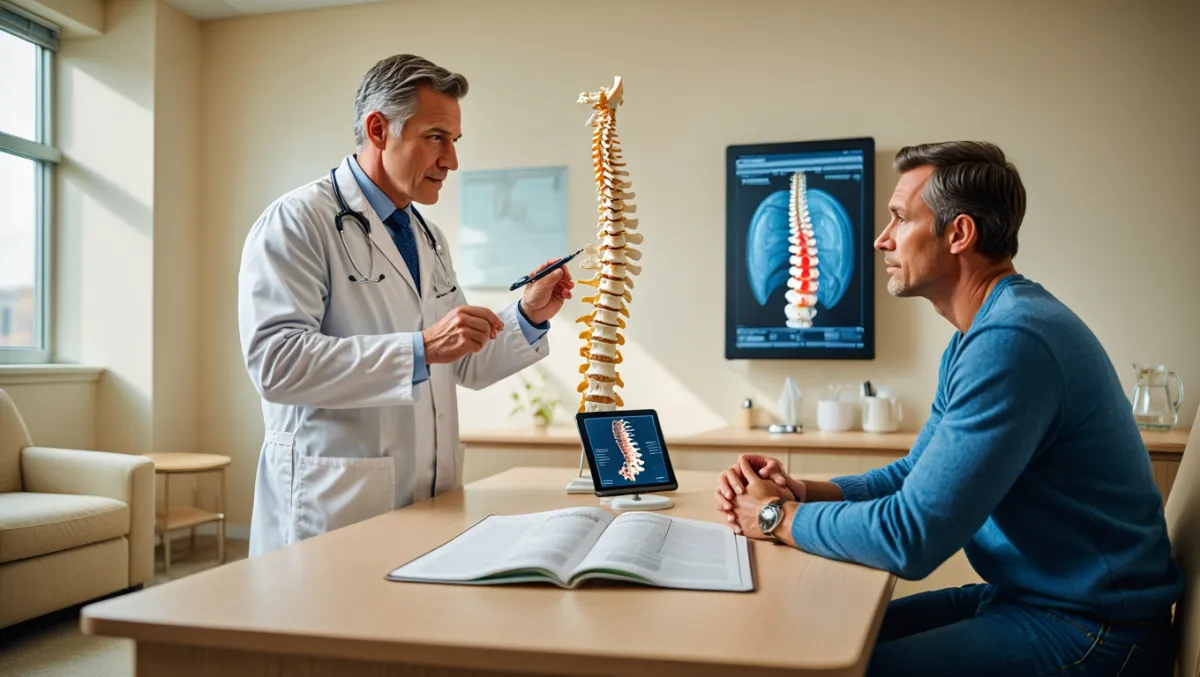
Voted Best Spine Doctor
Over 30 Years Experience in Orthopedic & Neuro Spine Surgeries.

Dr. David L. Greenwald, M.D., F.A.C.S.
Neurosurgeon | Spine Surgeon | Regenerative Medicine
Dr. David L. Greenwald, MD, FACS, is a board-certified spine surgeon with advanced expertise in treating spinal stenosis, a condition that occurs when the spinal canal narrows and compresses the nerves, often leading to pain, numbness, or weakness in the back, legs, or arms. Using state-of-the-art imaging and minimally invasive techniques, Dr. Greenwald precisely identifies the areas of compression and tailors treatment to each patient’s needs. His approach often begins with conservative care such as physical therapy or targeted injections, progressing to minimally invasive decompression or fusion procedures when necessary. Patients throughout South Florida trust Dr. Greenwald for his commitment to restoring mobility, reducing pain, and improving their overall quality of life.
Book your Spine Care Consultation Today!


Desert Spine and Pain
Patient Centered & Partner Focused
Quick Links
Resources
Connect With Us
© Desert Spine and Pain. 2025. All Rights Reserved. Sitemap

